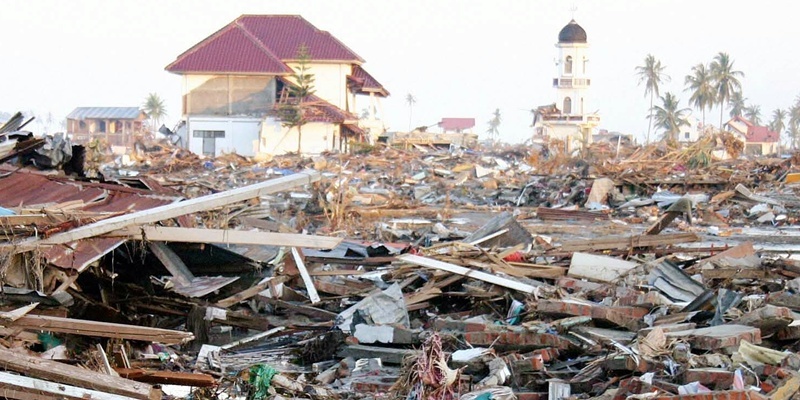The way emergency crews search for missing people following a natural disaster could be revolutionised by the work of a Dundee student.
David Kane, a computing and networks student at Abertay University, has developed a programme whereby broadband routers are used to detect whether a building is still standing.
By ”pinging” internet addresses in areas affected by disasters such as tsunamis and hurricanes, David’s software could provide information to assist rescue teams, detailing the extent of the disaster and the areas worst hit.
David, whose work has been exhibited at the university’s degree show, said: ”Responding to disasters is immensely difficult and any extra accurate information can make the difference in saving lives.
”I wanted to prove it was possible to use an ordinary piece of technology we all have, a home broadband router, to map natural disasters in real-time.”
Using Google Maps, the system shows live data from ”safe” areas from which signals have been received from routers.
It could be assumed that areas from which no signal is returned have been worse hit, allowing rescue crews to focus their efforts on saving lives there.
”The idea definitely works and I’ve built it so anyone can take this code and improve it,” he added.
Photo Press Association Images
